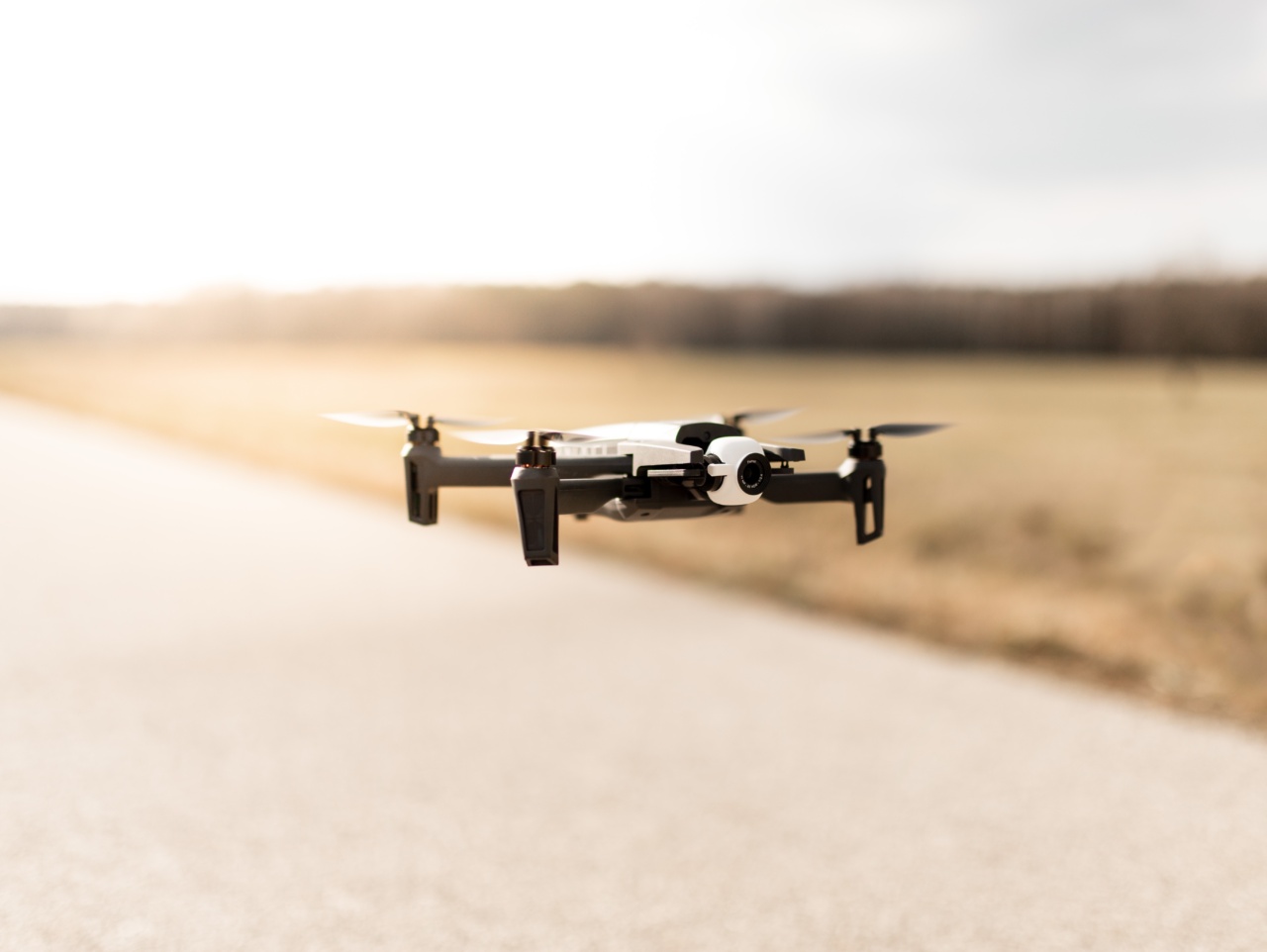Colon diseases, also known as colorectal diseases, are the third most common cancer worldwide. According to the American Cancer Society, there are about 104,270 new cases of colon cancer in the United States every year.
Early detection can greatly increase the chances of successful treatment, but many people don’t go for regular screenings because of discomfort or embarrassment.
What Are Colon Diseases?
Colon diseases are conditions that affect the large intestine, also known as the colon. Some of the most common colon diseases include:.
- Colon cancer
- Colitis
- Diverticulitis
- Hemorrhoids
- Inflammatory bowel disease (IBD)
- Polyps
Current Methods of Detecting Colon Diseases
The most common way to detect colon diseases is by performing a colonoscopy. During a colonoscopy, a long, flexible tube with a camera on the end is inserted into the rectum and moved through the colon.
The doctor is able to see the inside of the colon and check for any abnormalities like polyps or tumors.
While colonoscopies are very effective at detecting colon diseases, they can be invasive and uncomfortable. Patients are required to follow strict dietary and medication restrictions before the procedure, and some require sedation or anesthesia.
The preparation process involves drinking a special solution to clean out the colon.
Other methods of detecting colon diseases include:.
- Fecal occult blood test (FOBT): This test checks for hidden (occult) blood in the stool, which can indicate colon cancer or polyps. It is a non-invasive test and can be done at home.
- Virtual colonoscopy: This is a non-invasive test that uses CT scans to create images of the colon. Like a regular colonoscopy, patients must follow dietary and medication restrictions before the procedure.
- Flexible sigmoidoscopy: This test is similar to a colonoscopy, but only examines the lower part of the colon.
An Innovative Way to Detect Colon Diseases
Recently, researchers have developed a new method of detecting colon diseases that is non-invasive, requires no preparation, and is much more comfortable for patients. The method is called colonic capsule endoscopy.
A colonic capsule endoscopy involves swallowing a small pill-like capsule that contains a tiny camera. As the capsule makes its way through the colon, it takes thousands of pictures that are transmitted to a recording device worn around the waist.
After about eight hours, the capsule is eliminated from the body through a bowel movement.
The pictures taken by the capsule can be used to detect colon polyps, tumors, inflammation, and other abnormalities. Patients can go about their day-to-day activities as the capsule moves through their system.
There are no dietary or medication restrictions, and patients don’t require sedation or anesthesia.
Benefits of Colonic Capsule Endoscopy
Colonic capsule endoscopy has several benefits over traditional colonoscopies:.
- Non-invasive: No tubes or instruments are inserted into the body, making it a much more comfortable procedure.
- No preparation required: No special diets or medications are needed before the procedure.
- Avoidance of sedation or anesthesia: Patients can remain awake during the procedure.
- Convenient: Patients can go about their daily routine while the capsule moves through the colon.
Who Can Benefit from Colonic Capsule Endoscopy?
Colonic capsule endoscopy is an excellent option for people who are unable or unwilling to undergo traditional colonoscopies. This includes people who:.
- Have a fear of the procedure
- Have a physical limitation that prevents them from undergoing traditional colonoscopies
- Are unable to tolerate sedation or anesthesia
- Have a history of unsuccessful colonoscopies
- Have had a previous bowel resection
Conclusion
Colonic capsule endoscopy is an innovative new way to detect colon diseases that is non-invasive, requires no preparation, and is much more comfortable for patients.
This new method offers several benefits over traditional colonoscopies, and is an excellent option for people who are unable or unwilling to undergo traditional screenings.





























